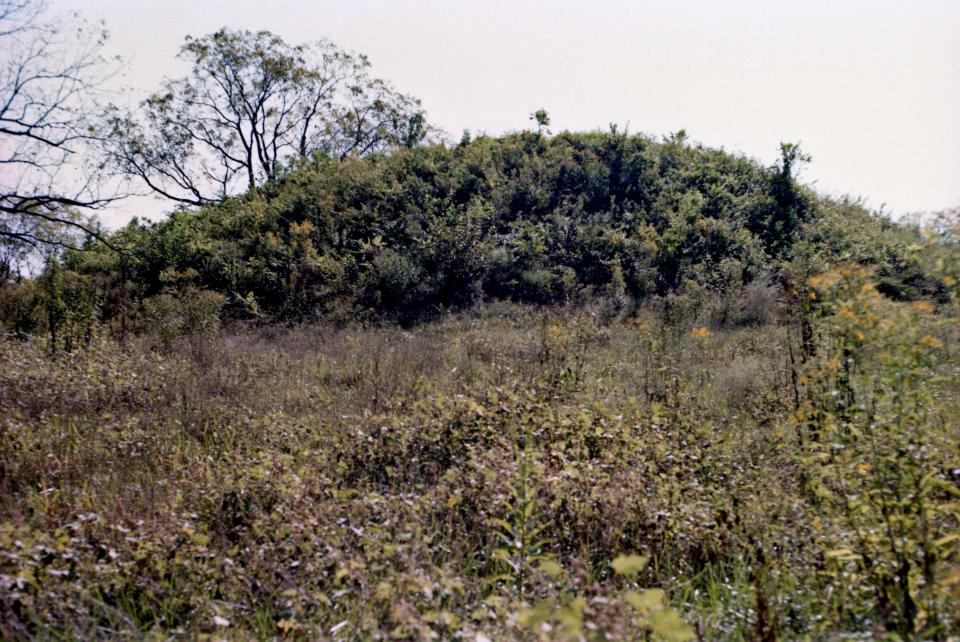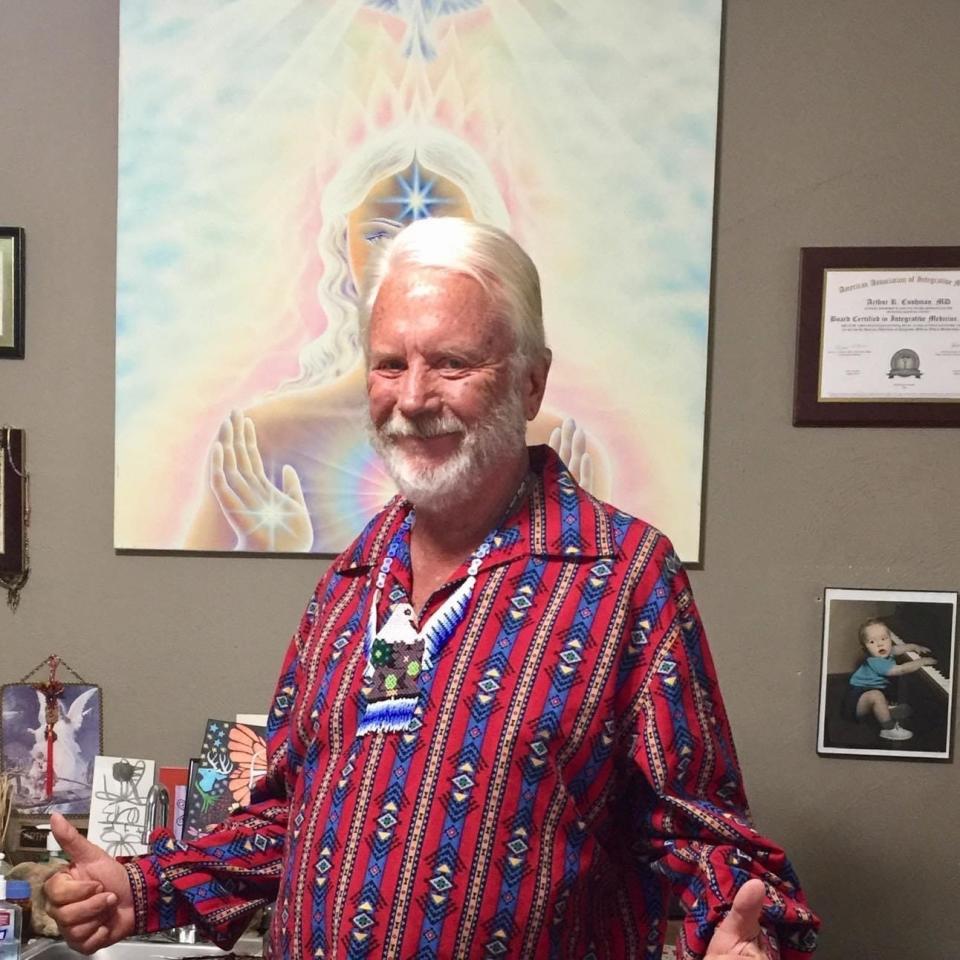Learn about and preserve Nashville's rich Native American history | Opinion
Nashville was the largest Native American city in the United States back in 1300 A.D. It was one of the largest cities in the world.
Archaeologists estimate the population was around 400,000 in Nashville and 600,000 in Middle Tennessee. This makes it larger than Cahokia, Illinois with 70,000 and Mexico City Tenochtitlan with 200,000.
At this time the population of Paris, France was 200,000 and 500,000 in London, England. The entire Indigenous population of California at that time was estimated to be about 300,000. By the 1400s Nashville and surrounding areas were abandoned and Middle Tennessee became an empty zone except for a few Shawnee villages.

The reason for the abandonment and where they went is unknown. When the first European Settlers came here they were amazed at the numerous mounds—estimated to be over 80 in Davidson County— and they wondered who built them.
There were burial mounds, temple mounds and mounds where the elite had houses. All of the ones in Davidson County are now gone, although a number remain in surrounding counties that have not been urbanized.
The last two mounds to go were the Brick Church Mound which was leveled for a housing development and the Moss Wright Park Mound in Goodlettsville that was destroyed and replaced with a soccer field.
Hear more Tennessee Voices: Get the weekly opinion newsletter for insightful and thought provoking columns.
Native American artifacts may still remain under development sites
Nashville was a major trading center. At Mound Bottom, just west of Nashville, which was about 500 feet long with numerous stalls where ceramics, jewelry, meat, corn, beans squash, shell fish, flint weapons and tools were traded.
Extracting salt, a precious commodity, was a major industry at Sulfur Bottom — where the Nashville Sounds stadium is now located.
There were thousands of burials on both sides of the Cumberland River in stone box coffins made of slabs of limestone.
Many have been looted for prized artifacts, but some probably remain under proposed development sites in Germantown and on both sides of the Cumberland River.

Your state. Your stories. Support more reporting like this.
A subscription gives you unlimited access to stories across Tennessee that make a difference in your life and the lives of those around you. Click here to become a subscriber.
Protecting Nashville's mutlticultural past
The Nashville area has been home to Native Americans for at least 14,000 years and the remains of previous cultures long before the Mississippian Mound Builders also remain.

The mound located where the Jefferson Street Bridge is now located was 10 feet tall and 90 feet in diameter. It contained caches of pottery used for religious ceremonies. The ramp poles are larger in diameter than any tree now located East of the Mississippi River.
Hear from Tennessee's Black Voices: Get the weekly newsletter for powerful and critical thinking columns.
Nearby are the abutments of the bridge used by the Cherokee on the Genocidal Trail of Tears in 1838. This mound was later used by Shawnee and French as a Trading Post before the English speaking settlers arrived.
It was not until the late 1960’s that the population reached the same level that was present at the peak of the Indigenous occupation by the Cumberland Mississippian peoples. There were around 130 towns and villages within a days walk from Nashville.
Today more than ever, we must value and protect Nashville's multicultural past.
Albert Bender of Nashville is a Cherokee activist, journalist and author of "Native American Wisdom." Email him at albertbender07@yahoo.com.
Dr. Arthur Cushman is a retired Neurosurgeon from California and has lived in Tennessee for 46 Years. Dr. Cushman has been interested in archaeology and Native American History since the age of 8 and has written many Journal Articles. He's donated money to save two Mississippian Sites in Tennessee: the Link Farm Archaeological Site near Waverly and Mound Bottom near Pegram Tennessee
This article originally appeared on Nashville Tennessean: Nashville's rich Native American history is worth preserving

